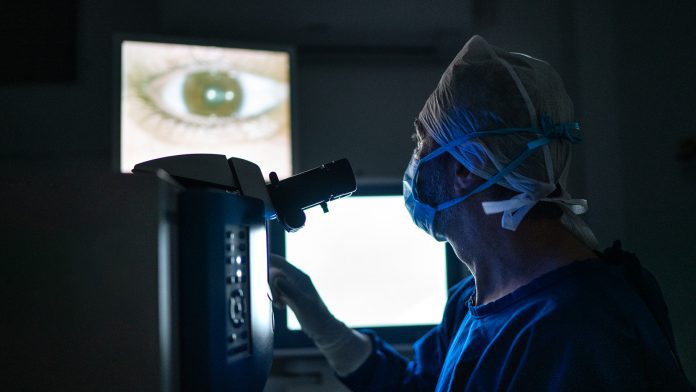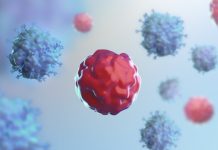
Findings from a Northwestern Medicine study have potentially produced an effective glaucoma treatment – a significant advancement in combatting the condition.
The Northwestern University Fienberg School of Medicine researchers conducted their study using mice models, identifying novel treatment targets for glaucoma, such as preventing a severe paediatric form of the condition. The cutting-edge research also discovered a potential new class of glaucoma treatment for the most common form of the illness in adults.
The study findings are published in the journal Nature Communications.
The current glaucoma treatment landscape
Glaucoma affects over 60 million people globally and is the most predominant cause of blindness in people over 60. In individuals with high-pressure glaucoma, fluid within the eye does not drain properly, causing a build-up of pressure on the optic nerve that results in vision loss.
There are few types of treatment for the most common form of glaucoma in adults – open-angle glaucoma – such as eye drops, oral medication, and laser treatments. However, there is currently no glaucoma treatment for a form of the disease that occurs in children under the age of three known as congenital glaucoma, which can only be treated with surgery.
Dr Susan Quaggin, the chief of nephrology and hypertension in the Department of Medicine at Northwestern University Feinberg School of Medicine, said: “Although primary congenital glaucoma is much rarer than open-angle glaucoma, it is devastating for children. New treatments and new classes of treatments are urgently needed to slow vision loss in both forms.”
Gene editing innovation
To conduct their investigation, the team employed gene editing to produce novel models of glaucoma in mice that resembled congenital glaucoma. The team administered a new, long-lasting, and non-toxic protein glaucoma treatment – called Hepta-ANGPT1 – in the mice, replacing the function of genes that cause glaucoma when mutated.
This injectable treatment enabled the team to successfully prevent the condition from ever forming in one of the models. When injected into the eyes of healthy adult mice, the same glaucoma treatment reduced pressure in the eyes, signifying that it may be an effective treatment for open-angle glaucoma.
The researchers are now working on designing the appropriate delivery system for the groundbreaking glaucoma protein treatment in patients, making it one step closer to commercial production. In addition, the team utilised bioinformatics and single-cell RNA sequence data to examine glaucoma pathways that may be essential for future therapeutic targets for the disease. The most notable are ones that regulate communications with a specific blood vessel in the eye – the Schlemm’s canal – that is pivotal for draining fluid and maintaining normal eye pressure.
Quaggin commented: “Having a treatment that can promote remodelling and growth of a defective Schlemm’s canal to treat glaucoma would be fantastic. These studies are the first step to that goal. Our hope is that this study leads to the first targeted therapy that effectively promotes (aqueous humour) fluid outflow from the front of an eye, reversing the underlying biologic defect in patients with glaucoma.”








